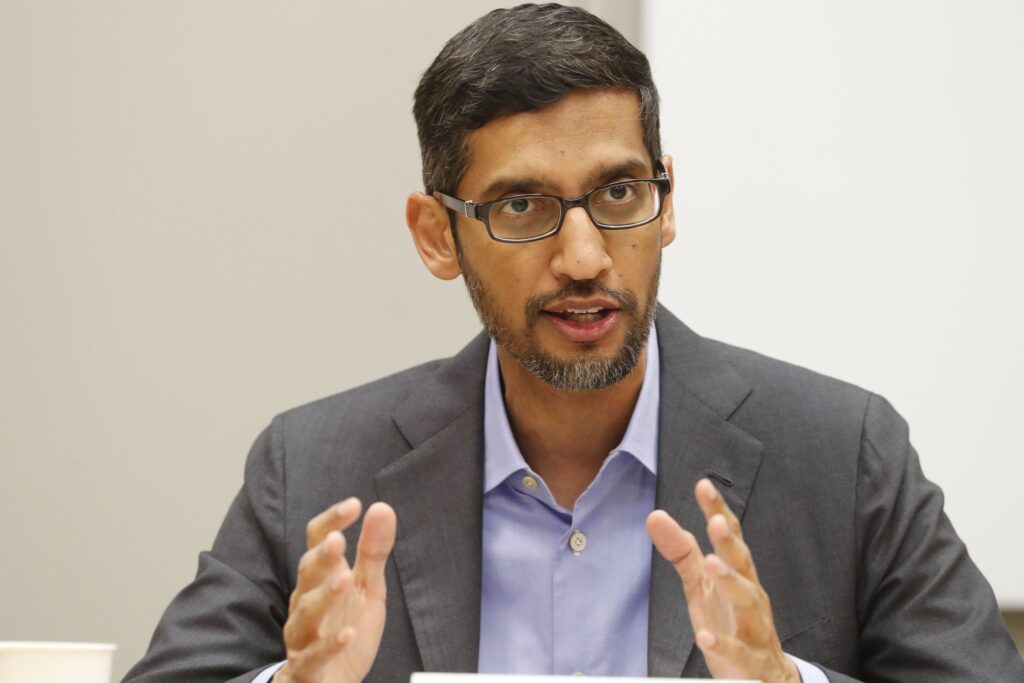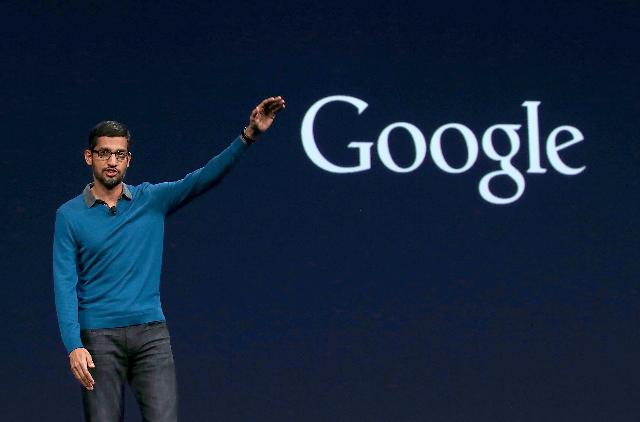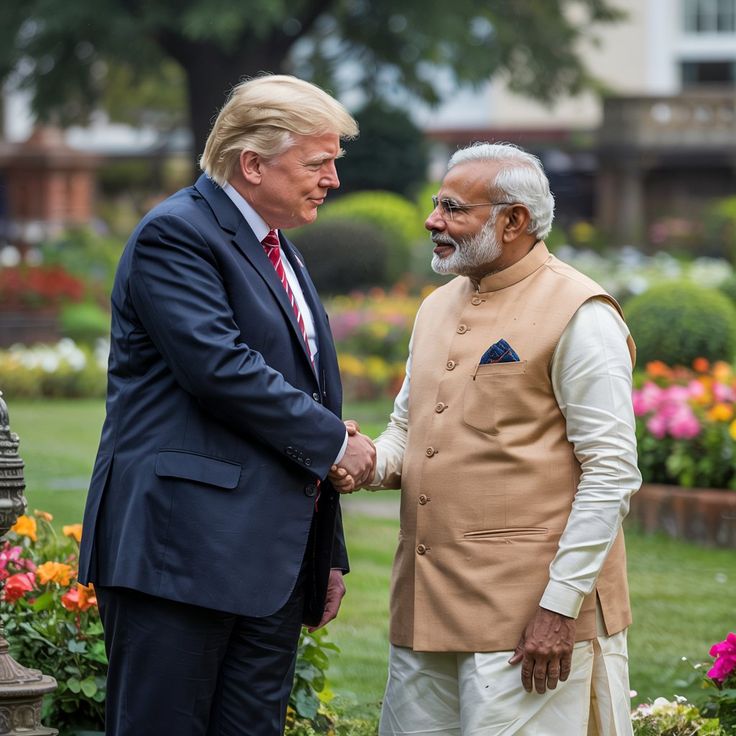When the Royal Swedish Academy of Sciences announced on October 7 that John Clarke, Michel H. Devoret, and John M. Martinis would share the 2025 Nobel Prize in Physics “for the discovery of macroscopic quantum mechanical tunnelling and energy quantisation in an electric circuit,” the scientific world took notice.
But for Google—where two of the laureates are current or former contributors—this was more than a scientific milestone. It was a moment of corporate pride and reaffirmation of the company’s long-standing commitment to foundational research.
A Resonant Message from Mountain View
Within hours of the announcement, Google CEO Sundar Pichai took to social media to celebrate the achievement and its deeper significance. “I’m feeling fortunate this morning to work at a company that has produced five Nobel Laureates—three awards in two years! He wrote, pointing out that Google’s broader scientific community now includes five Nobel laureates.
Pichai also spotlighted the roles of Devoret and Martinis: Devoret is currently Chief Scientist of Quantum Hardware for Google’s Quantum AI team, and Martinis previously led its hardware team.
In a company blog post, Google expanded on Pichai’s remarks, noting that this latest Nobel recognition builds on prior ones—among them, the 2024 awards to Demis Hassabis, John Jumper, and Geoffrey Hinton.
For Pichai and Google’s leadership, the message is clear: this isn’t a one-off moment to celebrate. It underscores how deeply scientific exploration is woven into the company’s identity and how foundational research can lead to breakthroughs with real-world impact.
The Science Behind the Honor
To understand why this Nobel win is so meaningful, one must delve into the science. The 2025 Physics Prize recognizes a trio of experiments conducted in 1984–1985 in which Clarke, Devoret, and Martinis demonstrated quantum mechanical effects—such as tunneling and energy quantization—in a superconducting electrical circuit large enough to be held in one’s hand.
In conventional wisdom, quantum effects dominate the microscopic domain—atoms, electrons, photons. But as systems scale up toward macroscopic sizes, interaction with the environment tends to suppress those effects. The laureates’ insight was to show that, under carefully controlled conditions, quantum phenomena could persist and be observed even in circuits containing large numbers of interacting particles.
The key experimental setup was a superconducting circuit incorporating a Josephson junction (a thin insulating barrier between superconductors). By passing small currents through the system and carefully measuring voltages, they could detect when the system “escaped” a zero-voltage state via tunneling. They also induced transitions by applying microwaves to show that the energy levels were quantised.
These proof-of-principle results laid the foundation for superconducting qubits, a dominant approach in current quantum computing architectures. Google’s own work in quantum hardware—especially their superconducting qubit efforts—rests on the legacy of that early research.
Quantum physics in operation was demonstrated by their chip experiments,” the Nobel committee concluded.
Google’s Scientific Trajectory and the Nobels
Google’s roots in fundamental research are deep and multifaceted. While the company is better known for algorithms, search, and consumer products, over the years it has cultivated a reputation for bold, long horizon science—whether in artificial intelligence, biomedicine, or quantum computing.
In 2024, Google-affiliated researchers earned Nobel recognitions for breakthroughs in protein folding and AI. The 2025 Physics award now further cements Google’s connection to fundamental science in physics and quantum mechanics.
But beyond optics, this particular Nobel holds practical resonance for Google’s quantum ambitions. The methods devised by the laureates map directly onto the hardware strategies being used today. As Google’s blog put it:
This prize honors a number of painstaking experiments that demonstrated that quantum mechanical effects may be seen and managed in a chip’s macroscopic electrical circuit. Today’s superconducting quantum bits (qubits), such as the ones we’re creating at Google Quantum AI, are based on Josephson Junctions.
In other words, this is scientific heritage meeting corporate mission: Google’s own quantum road map builds on the breakthroughs being honored now.
Voices from the Laureates
John Clarke
Clarke, a British-born physicist and Professor Emeritus at UC Berkeley, was the senior figure in the original collaboration. In an interview with the Nobel committee, Clarke reflected on how the foundation of the experiment traces back decades:
This award transports us to your Berkeley lab forty years ago, when John Martinis was a PhD candidate and Michel Devoret was a postdoc. Without the two of them, none of this labor would have been possible.
“It had never occurred to us in any way that this might be the basis of a Nobel Prize,” Clarke added, expressing his sincere surprise at being awarded the distinction.
Michel Devoret
Devoret, born in Paris in 1953, holds appointments at both Yale and UC Santa Barbara. He also serves as Chief Scientist of Quantum Hardware at Google. In interviews, he acknowledged being caught off guard by the recognition—he even initially thought the Nobel notification was a prank.
Despite his surprise, Devoret emphasized that foundational science often takes decades to ripen into recognized breakthroughs. He also reiterated that practical quantum computers remain aspirational: “The quantum computer is not here yet.”
John M. Martinis
Martinis, an American physicist, earned his PhD under Clarke and went on to lead the hardware push in Google’s Quantum AI program before stepping away in 2020. He remains a central figure in the quantum hardware landscape.
Martinis commented on the honor and the future after the announcement: “I am thankful to have collaborated with John Clarke and Michel Devoret … Let’s then construct a practical quantum computer.
Reactions Across the Scientific Ecosystem
The Nobel announcement drew widespread acclaim, not only within quantum science circles but across academia, industry, and global research institutions.
The Royal Swedish Academy noted that the laureates’ work bridges the gap between microscopic quantum behavior and real-world technological systems. “It’s wonderful to be able to celebrate,” Nobel Committee for Physics chair Olle Eriksson said. Even after a century, quantum mechanics continues to astound people.
Other institutions moved swiftly to issue statements of congratulations. UC Santa Barbara highlighted the deep impact of its faculty members’ work: “Their successful efforts … have had a transformational and lasting influence on today’s technology … paving the way for components … we find in everyday devices … as well as future breakthroughs in computing and sensing.”
At Berkeley, local outlets celebrated Clarke’s roots and legacy, emphasizing that his work on superconductivity and measurement devices (notably SQUIDs) had already influenced fields from astrophysics to materials science.
Additionally, the Nobel win underscored the prominence of U.S. research institutions. All three laureates are affiliated with American universities (Berkeley, Yale, UCSB), a testament to the concentration of resources and talent in the U.S. higher-education system.
Corporate Strategy and Legacy
For Google, this Nobel moment is more than symbolic: it is strategically aligned with its ongoing investments in quantum computing. In its announcement blog, Google framed the Nobel win as reinforcing the value of long-term thinking in hardware and foundational physics: “This award … is another exciting moment at Google. They join a select group of Google employees and alumni who have now won five Nobel Prizes.
Google further noted that the laureates’ experiments underpin the very architecture Google is building—particularly the use of Josephson junctions in superconducting circuits as the basis for qubits.
At least implicitly, the Nobel win can be seen as enhancing Google’s scientific brand, reinforcing credibility in its quantum roadmap, and attracting further talent and collaboration in quantum science.
But it also raises a natural question: what does Google—and the broader quantum community—do next? The laureates themselves point out that foundational experiments are only part of the journey; the next phase is scaling, error correction, and system integration toward a practical quantum computer.
Broader Implications: Science, Technology, and Society
This Nobel award arrives at a pivotal moment in the evolution of quantum science and technology. A few key implications:
1. Validation of long-term, curiosity-driven research
The experiments honored today were conducted in the 1980s, long before quantum computing became a mainstream ambition. Their recognition now reaffirms the value of basic science whose fruits may take decades to manifest.
2. Bridging the microscopic and macroscopic realms
By showing that quantum phenomena can persist in “large” systems, these experiments help blur the boundary between the quantum world and everyday technologies—blurring the line between what is theoretical and what is engineered.
3. Reinforcing quantum leadership in hardware
As groups around the world race to build scalable qubit systems, the laureates’ insights offer a firm footing for architectures based on superconducting circuits—a domain where Google is already a key player.
4. Inspiring the next generation
Nobel prizes carry deep symbolic weight. Young physicists, engineers, and students are likely to see in this recognition a roadmap for how high-risk, long-horizon physics can reshape the technological landscape.
5. Encouraging further investment in fundamental science
The Nobel spotlight renews attention on funding schemes—public and private—that support unglamorous but foundational physics research.
6. Highlighting the interplay of corporate and academic research
The collaboration between industry (e.g. Google) and academic institutions is often viewed with skepticism in some circles. But here, the Nobel recognition underlines how corporate support and academic rigour can co-exist and even reinforce one another.
Challenges and the Road Ahead
While the Nobel win is celebratory, it also underscores unresolved challenges:
Scalability and error correction
Demonstrating quantum effects is one thing; building practical, fault-tolerant quantum computers at scale is another. The path from qubits to a fully error-corrected quantum system remains daunting.
Materials, coherence, and noise suppression
The experiments relied on exquisitely controlled conditions—cooling, isolation from interference, and ultra-low noise. Translating that into scalable, manufacturable systems is a major engineering challenge.
Interdisciplinary integration
Advances in quantum computing will require not just physics and hardware, but software, algorithms, error mitigation techniques, cryogenics, and systems engineering.
Ethical and security implications
As quantum devices near capability thresholds for cryptography or simulations, questions about security, regulation, and ethical application will grow increasingly urgent.
Despite these hurdles, the Nobel award isn’t merely retrospective—it is forward-looking. It casts a bright spotlight on the imperative of marrying vision with persistence.
A Moment of Reflection — Pichai, Google, and the Legacy of Discovery
When Sundar Pichai celebrated the Nobel news, he was celebrating more than individual achievement—he was celebrating a vision of technology that is rooted in deep, fundamental curiosity. His congratulatory message underscores a conviction that companies working at the frontier of science carry more than commercial ambition; they carry a tradition of discovery.
This blend of long-term science and product ambition is rare. Yet Google has repeatedly shown it is willing to cultivate both. From AI breakthroughs to quantum hardware, the company habitually straddles the realms of engineering and physics.
The 2025 Nobel Prize in Physics is a milestone in that trajectory. It validates a lineage of thought and experimentation dating back decades—and gives new legitimacy to the notion that corporate research can help drive the frontiers of human knowledge.
For Clarke, Devoret, and Martinis, the prize honors decades of dedication, bold experimentation, and the courage to test the boundaries of what is known. For Google and Pichai, it is a reminder that scientific excellence remains a core pillar of an audacious technological future.
Related News: Read More




